
Doctor reveals disturbing reason she "threw away her air fryer" after explaining major risks
Dr. Poonam Desai’s warning about air fryers and her advice on milk consumption have sparked significant debate in the health community.
C@ncer remains one of the leading causes of de@th worldwide, with an estimated 618,120 c@ncer-related de@ths projected in the U.S. alone this year. While c@ncer itself is often the culprit, it’s not always the c@ncer that directly kills; it’s the series of side effects it triggers in the body that ultimately leads to de@th. A chilling 3D simulation of the process reveals the disturbing stages of how c@ncer impacts the body and eventually causes de@th, from metastasis to organ failure and infection.
In this article, we’ll break down the key stages presented in the simulation, highlighting the mechanisms by which c@ncer leads to de@th and providing a deeper understanding of the disease's devastating effects on the body.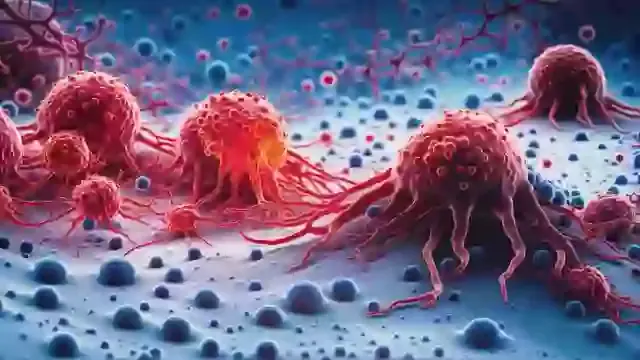 It all starts with a single cell (Getty Images)
It all starts with a single cell (Getty Images)
What Happens When C@ncer Spreads? Metastatic C@ncer
The simulation begins by addressing metastatic c@ncer, considered one of the most lethal forms of the disease. It starts with a single c@ncer cell breaking off from the original tumor, traveling through the bloodstream, and forming new tumors in distant organs. This process, known as metastasis, can involve any organ in the body. Once the c@ncer spreads, it interferes with the normal function of these organs, often leading to their failure.
For instance, when c@ncer metastasizes to the digestive system, it can block the intestines, preventing digestion and the absorption of food. In severe cases, this obstruction can lead to perforation of the intestines, which, if untreated, can result in sepsis and become fatal.
Organ Failure and Pancreatic C@ncer: The Silent Killer
When c@ncer reaches the pancreas, it can cause the organ to "digest itself," a terrifying phenomenon seen in pancreatic c@ncer. Pancreatic c@ncer is notorious for being both extremely painful and de@dly, often going undetected until it has reached an advanced stage. As the pancreas becomes compromised, it loses its ability to function properly, leading to severe consequences, including digestive issues, weight loss, and organ failure.
The simulation also highlights how organ failure in the digestive system or pancreas often leads to cachexia, a condition where the body rapidly loses weight and muscle mass due to the toxic effects of c@ncer. This process is one of the major causes of de@th in c@ncer patients, particularly those with gastrointestinal c@ncers and advanced pancreatic c@ncer.
Lung C@ncer: Asphyxiation and Infection
In cases of lung c@ncer, the simulation shows that patients often d!e from asphyxiation—a lack of oxygen throughout the body. As tumors grow in the lungs, they obstruct the airways, preventing the patient from breathing properly. The inability to inhale sufficient oxygen leads to respiratory failure, making asphyxiation the most common cause of de@th in lung c@ncer cases.
Additionally, lung c@ncer patients are at a high risk of developing infections. c@ncer impairs the immune system, and chemotherapy further weakens it by suppressing bone marrow, where white blood cells are produced. This makes it difficult for the body to fight off infections, which can also lead to de@th in c@ncer patients. Pancreatic cancer is considered one of the most painful types (Getty Images)
Pancreatic cancer is considered one of the most painful types (Getty Images)
Infection: The Silent Threat
Infections are the second leading cause of de@th in c@ncer patients. c@ncer weakens the immune system by impairing the body’s ability to produce healthy white blood cells, leaving patients vulnerable to infections. The use of chemotherapy compounds this issue by damaging the bone marrow, further reducing the body’s ability to combat infections.
When infections become severe, they can cause septic shock, which may lead to organ failure and ultimately de@th. The simulation emphasizes that this weakened immune system is a critical factor in the life-threatening nature of c@ncer.
Cachexia: Wasting Away
One of the most devastating side effects of c@ncer is cachexia, a condition where c@ncer cells release toxins that suppress the appetite and interfere with digestion. This leads to rapid weight loss and muscle wasting, making it incredibly difficult for patients to maintain any strength or energy.
The simulation reveals that cachexia affects around 50% of c@ncer patients and is responsible for up to 30% of c@ncer de@ths, particularly in patients with gastrointestinal and pancreatic c@ncers. It is not just a loss of weight but also a loss of vital muscle mass, leading to heart and respiratory failure, which can ultimately prove fatal. It explains why cancer patients drop a lot of weight in a short space of time (Getty Images)
It explains why cancer patients drop a lot of weight in a short space of time (Getty Images)
Why Surgery Is Often Not Enough
The simulation also addresses the difficulties associated with surgery in c@ncer treatment. Major organs such as the heart, lungs, and liver are difficult to operate on because they are vital for survival. Even if surgery successfully removes the tumor, there’s always the risk that a few remaining c@ncer cells will cause the tumor to grow back.
In these cases, chemotherapy is necessary to treat the remaining c@ncerous cells, but it comes with its own set of complications. Chemotherapy can weaken the immune system and cause other side effects, making it a challenging but necessary part of c@ncer treatment. Surgery can help but it is difficult (Getty Images)
Surgery can help but it is difficult (Getty Images)
Conclusion: A Sobering Reality of c@ncer's Impact
The simulation provides a sobering look at how c@ncer affects the body and ultimately leads to de@th. From the process of metastasis to organ failure, infection, and cachexia, the stages of c@ncer’s progression are grim and complex. While treatment options like chemotherapy, surgery, and angioplasty are available, they are not always a guaranteed solution, and the side effects can be just as debilitating as the disease itself.
As medical technology advances, new methods for treating c@ncer may provide hope for patients. However, the importance of early detection, proper treatment, and symptom management cannot be overstated. For many patients, the focus may eventually shift from curative treatment to improving quality of life during the final stages of the disease.
Credit
This article was inspired by information from UNILAD, featuring insights into the scientific process of how c@ncer leads to de@th. The simulation video discussed was originally shared on YouTube by medical experts.

Dr. Poonam Desai’s warning about air fryers and her advice on milk consumption have sparked significant debate in the health community.
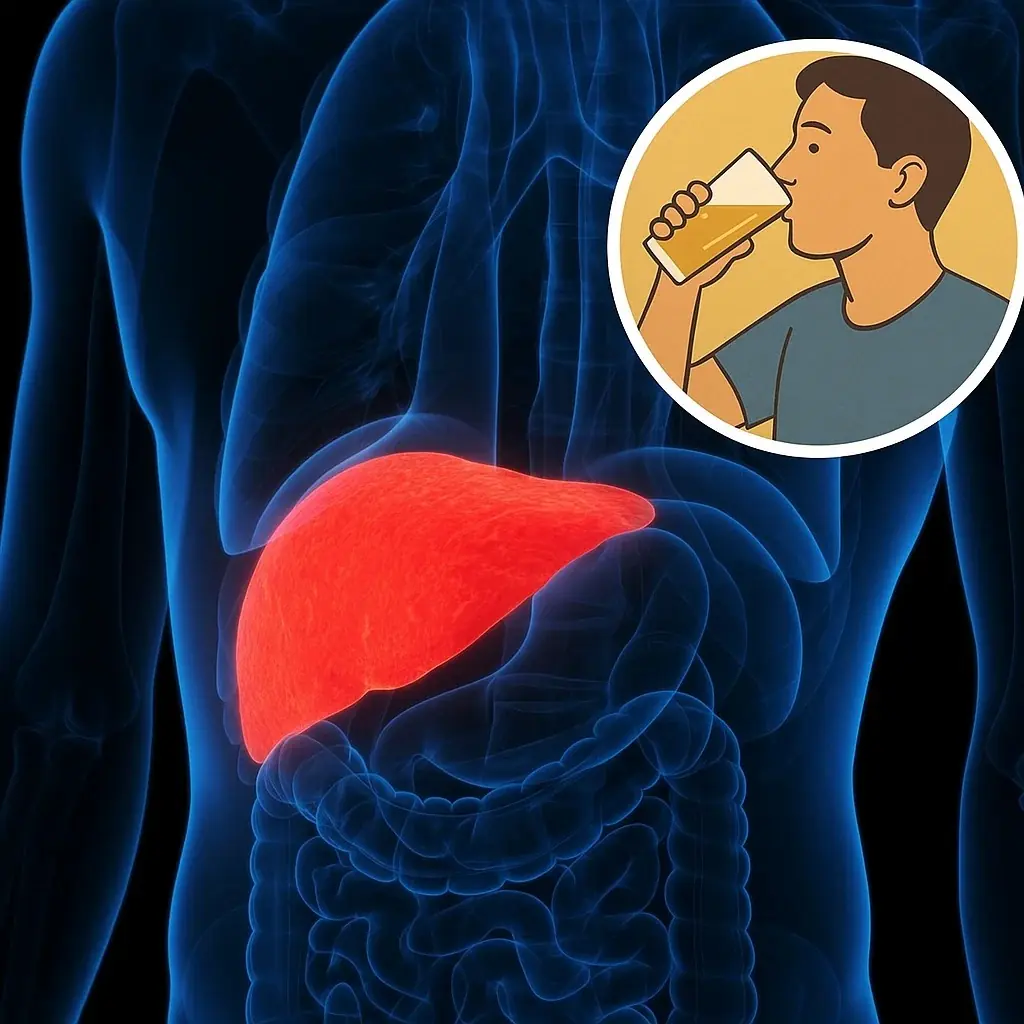
The healing process begins almost immediately after you stop drinking, with visible improvements occurring over weeks and months.



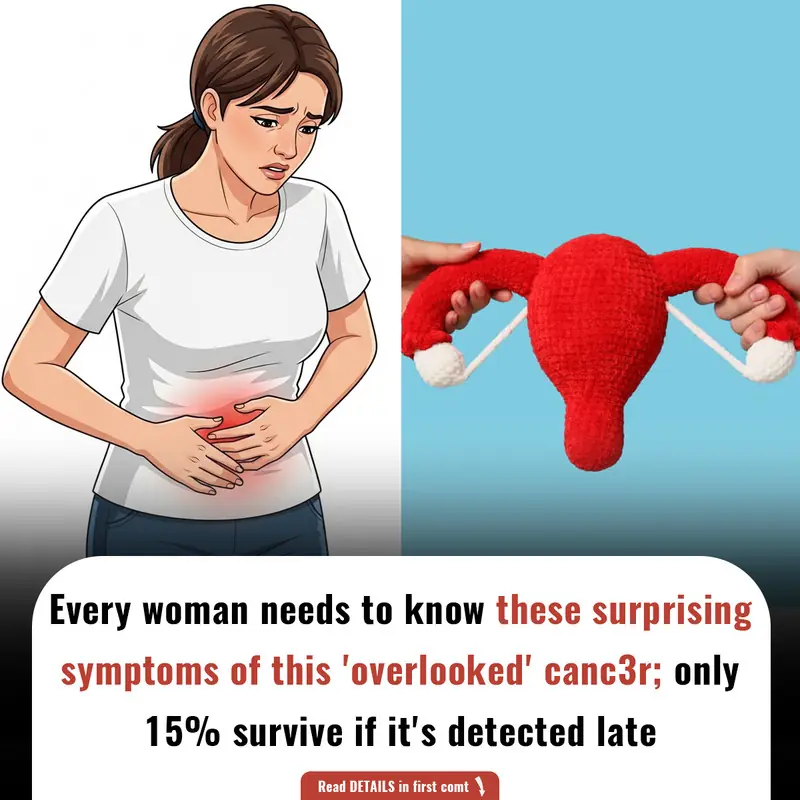
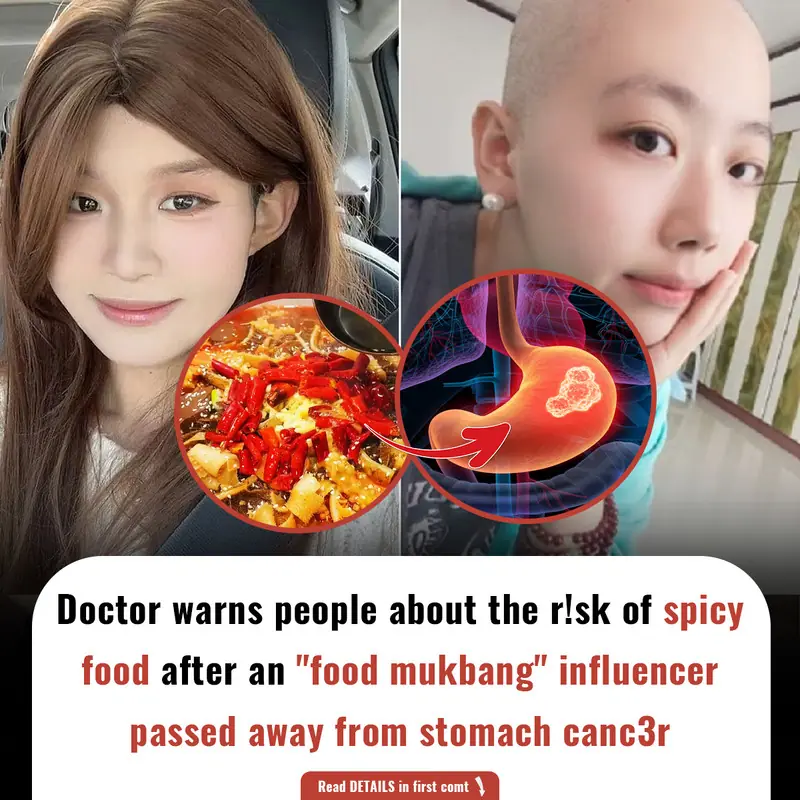
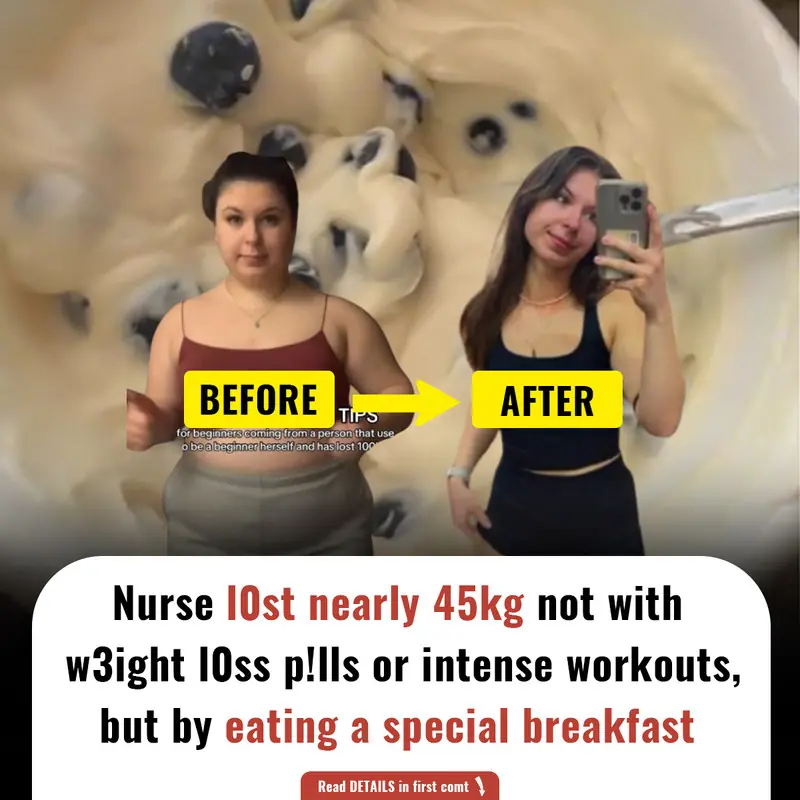
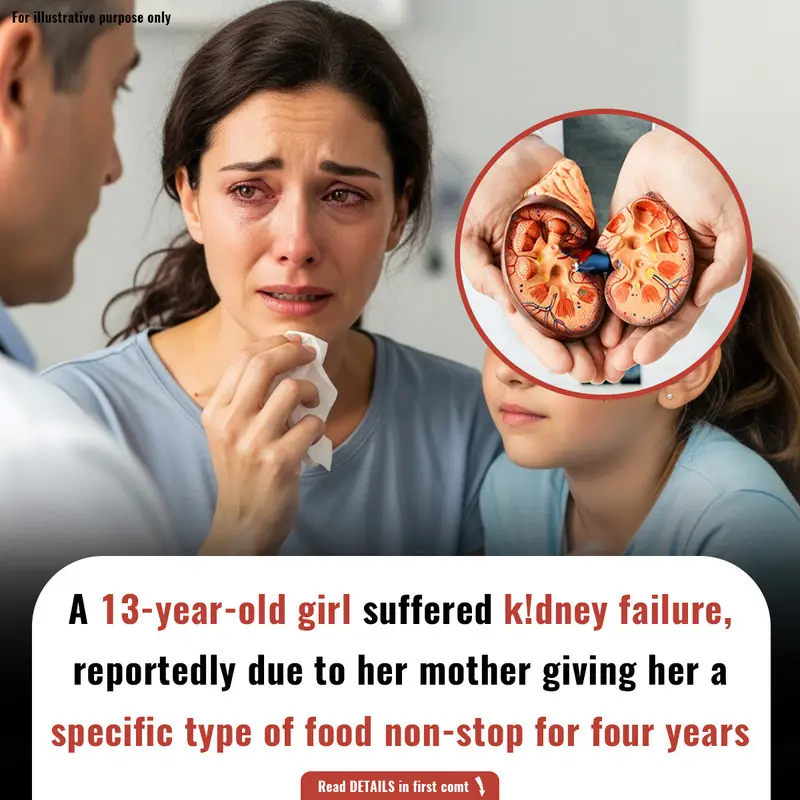

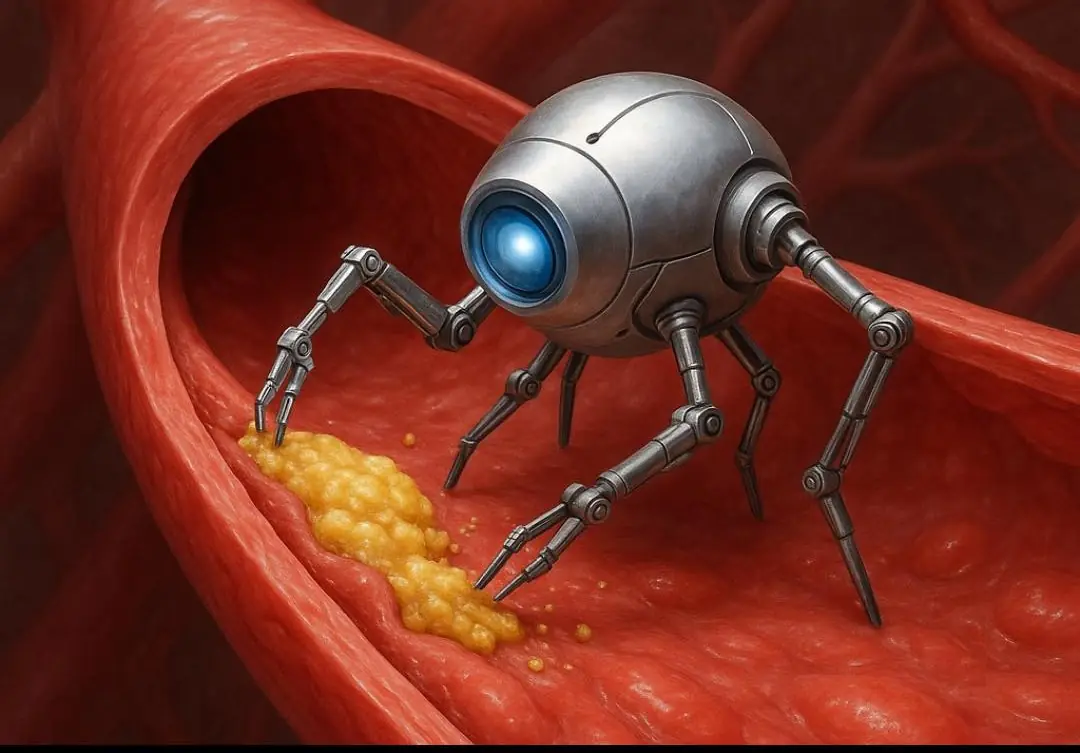
Discover how a new tiny machine is changing the way cholesterol is removed from bl00d vessels. This minimally invasive technology could reduce the need for surgery and offer a safer, more effective solution for cardiovascular health.

Explore how different generations, from Millennials to Gen Z, use emojis to communicate and express emotions. Learn how these symbols have evolved into a unique language and what experts say about their growing importance in communication.


Discover the truth behind rinsing ground beef before or after cooking. Experts weigh in on food safety, potential risks, and the best practices for preparing ground beef safely.

Learn about the 17 warning signs of c@ncer, from abnormal periods to unexplained weight loss. Discover how early detection through screenings and being aware of changes in your body can help you fight cancer effectively.

Discover the seven life-changing rules followed by 102-year-old nutrition professor Dr. John Scharffenberg. Learn how to live longer and healthier with these simple but scientifically-backed habits.

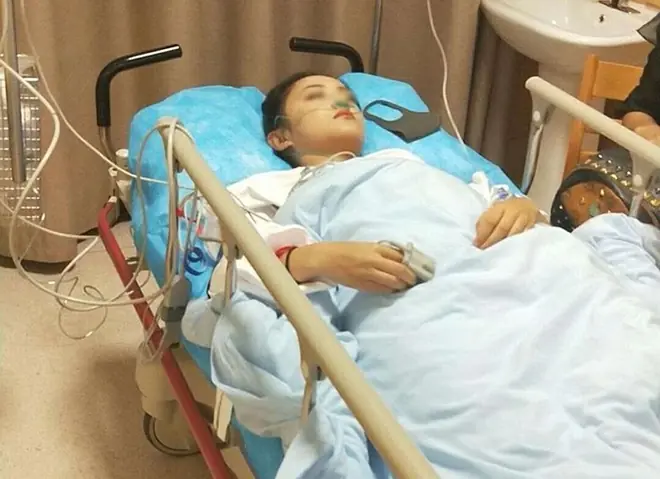

Researchers in Australia have taken a major step forward in the search for a cure for HIV, developing a groundbreaking treatment that forces hidden fragments of the virus to expose themselves, enabling the immune system to target and eliminate these viral

These natural ingredients have been used for centuries due to their gentle yet effective properties, which make them suitable for all skin types, even sensitive or acne-prone skin.

Dr. Poonam Desai’s warning about air fryers and her advice on milk consumption have sparked significant debate in the health community.

The healing process begins almost immediately after you stop drinking, with visible improvements occurring over weeks and months.

With regular use, this DIY cream can improve skin texture, reduce the appearance of wrinkles, and restore a youthful glow.




These 10 DIY potato and rice-based face masks offer a natural, cost-effective solution for reducing the signs of aging.

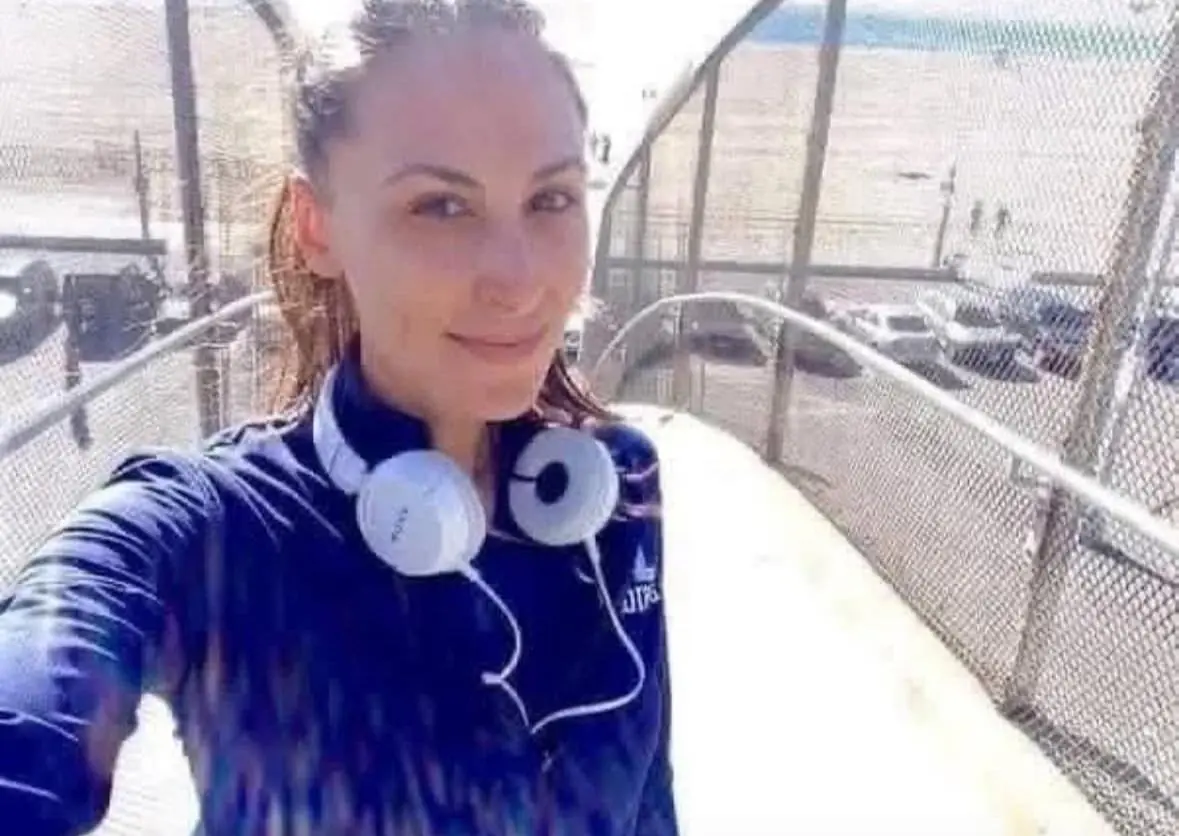
A heartwarming story of a young boy who stood up against an older man’s hara$$ment, teaching us all about bravery, kindness, and standing up for others. A true act of courage in a world that needs more heroes.





Discover how a new tiny machine is changing the way cholesterol is removed from bl00d vessels. This minimally invasive technology could reduce the need for surgery and offer a safer, more effective solution for cardiovascular health.

By incorporating these milk face mask recipes into your skincare routine, you can achieve a glowing, youthful complexion without the need for expensive products or harsh chemicals.

A story of a woman’s clever, unexpected revenge after her husband’s betrayal. How a simple act turned the tables, leaving his new life in ruins. A mix of humor, cunning, and a touch of justice.

A stranger pays for a woman’s birthday yogurt, sparking joy and gratitude. Read this heartwarming story! ❤️🍦

By incorporating these simple, DIY cucumber-based recipes into your daily routine, you can achieve glowing, youthful skin without the need for harsh chemicals.